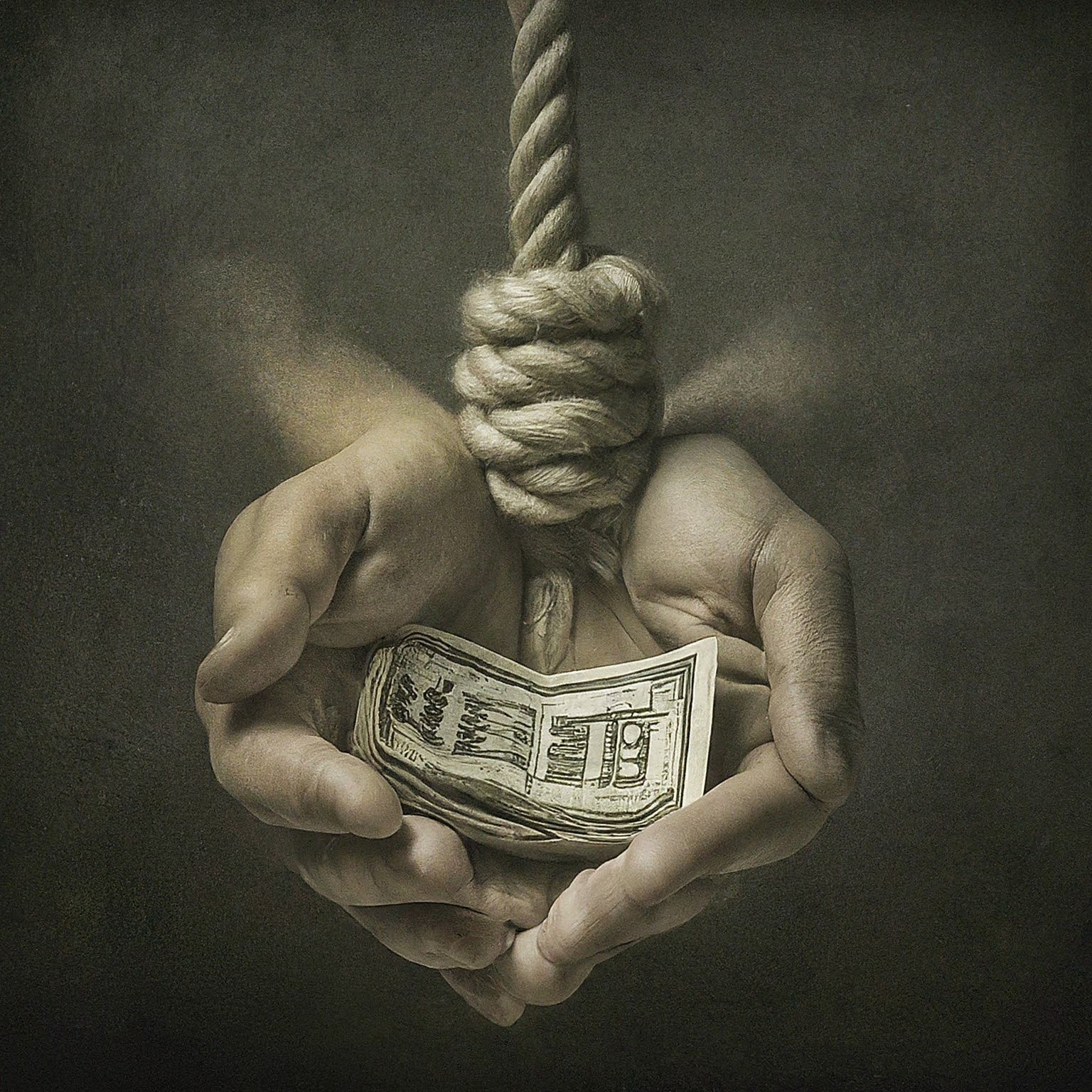The supreme court of India distinguished compensation to victims from the punishment meted out to convicts and specified that compensation to victims is not a substitute for punishment to perpetrators of crimes.
The High Court substituted compensation to victime under section 357 of CrPC for punishment to the convicts U/s 325 of IPC which refers to punishment for voluntarily causing grievous hurt.The HC reduced the sentence from 5 yers to 4 years and directed the convicts to pay compensation of 5 lakhs to the victim in lieu of undergoing the aforementioned punishment.
The Supreme Court stated that compensation to victim U/s 357 of CrPC is not ancillary to other sentences but in addition.Compensation to victims is an application of the doctrine of victimology in order to reassure the victim that he/she has not been forgotten by the Criminal Justice System.
The victims are the worst sufferers of the crime. Monetory compensation to victims offers some solace to them.The sole factor for compensation to the victim is the loss or injury suffered and the convict’s capacity to pay.Mere punishment of the offender does not provide any solace to the victim.The object of compensation is rehabilitation of the victim.It cannot be a ground for reduction of sentence of the convict.
Thus the Supreme Court held that the substitution of sentence of the convict by compensation to the victim is contrary to law and set the order of the High Court aside.
Rajendra Bhagwanji Umraniya ….Appellant
Versus
State of Gujarat ….Respondent decided by the Supreme Court on May 9, 2024.

